One of the most useful features in Excel are custom number formats yet they remain largely underused.

I’ve written an extensive guide on them here: Excel Custom Number Format Guide
I used them in my Tour de France Dashboard to hide zeroes and show a + symbol before the ‘Gap’ times.
I used them in this chart to indicate the direction of the change in the chart labels:
And I've written various blog posts that use them:
Excel Factor 20: Custom Number Format Disguise:
Marc uses them to create this data validation list that displays text, but when selected it changes to a value:
Excel Factor 21: Hyperlink Triptych:
Zoran uses them in Data Validation lists to prompt the user to click on it:
And I use them here to convert numbers into text using the TEXT function
I hope you can see the diversity of applications for custom number formats and that this compilation will motivate you to master them (if you’re not already using them extensively in your work).
I know they can look a little daunting with all of the different characters but once you understand the basics you'll be surprised at what you can do with them.
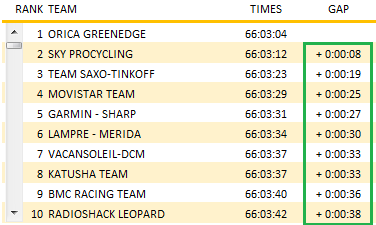
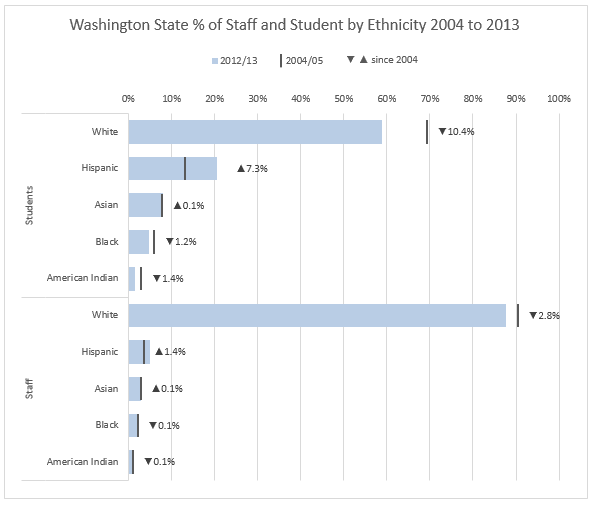
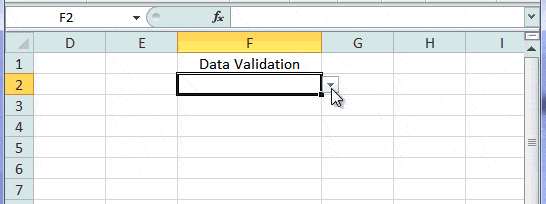
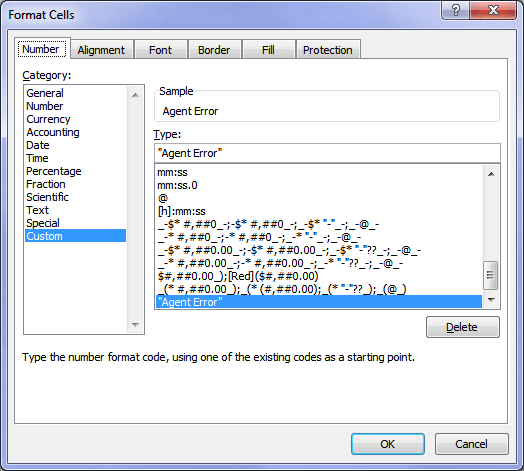
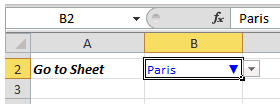
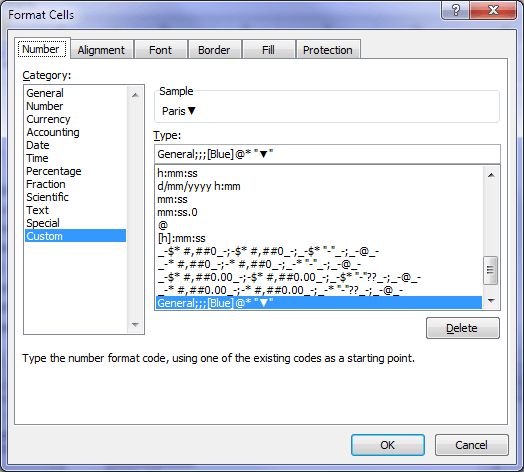



I’m addicted to custom number formatting! I practically never use the TEXT function any more, once I discovered how much more robust the custom number formatting is in most cases.
Same, Bryan.
I only use the TEXT function if I’m joining numbers to a text string in a formula. Also, like Jordan mentioned in his tip on Excel TV, you can sometimes use them instead of Conditional Formatting (CF), which has the added bonus that they’re quicker to process and aren’t volatile like CF.
Mynda,
thanks for these brilliant examples. Makes my head spin with ideas. Especially the “down” and “up” arrows. Would you mind going into a little bit more detail in regards to the three states positives/zero/negatives?
Cheers, Phil.
Custom Number Formats can have up to 4 sections of code which are separated by semicolons. Each code section defines the format for positive numbers, negative numbers, zero values and text, in that order.
You use a range of characters to specify the formatting.
For more on those characters I highly recommend my comprehensive guide to Excel custom number formats
Cheers,
Mynda.